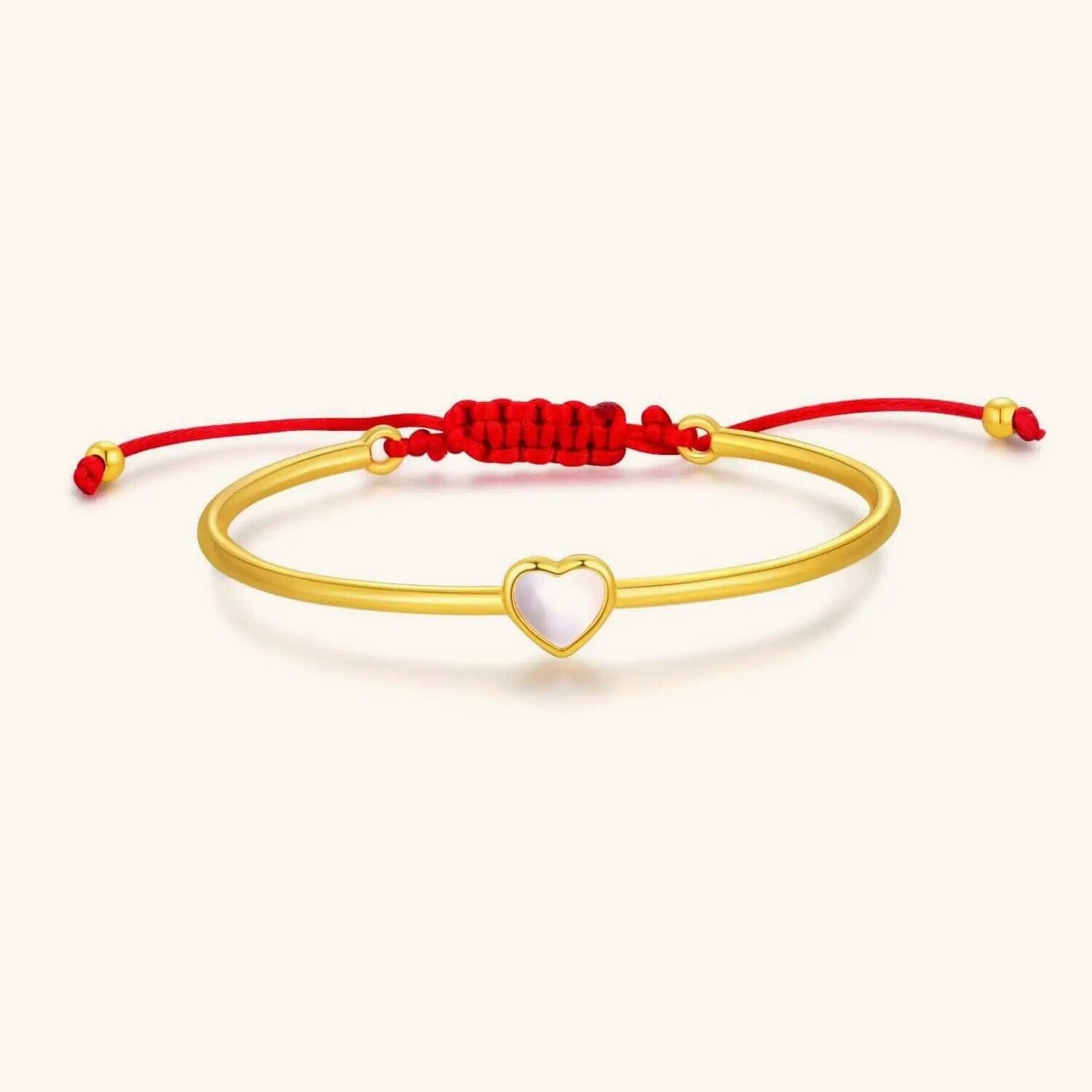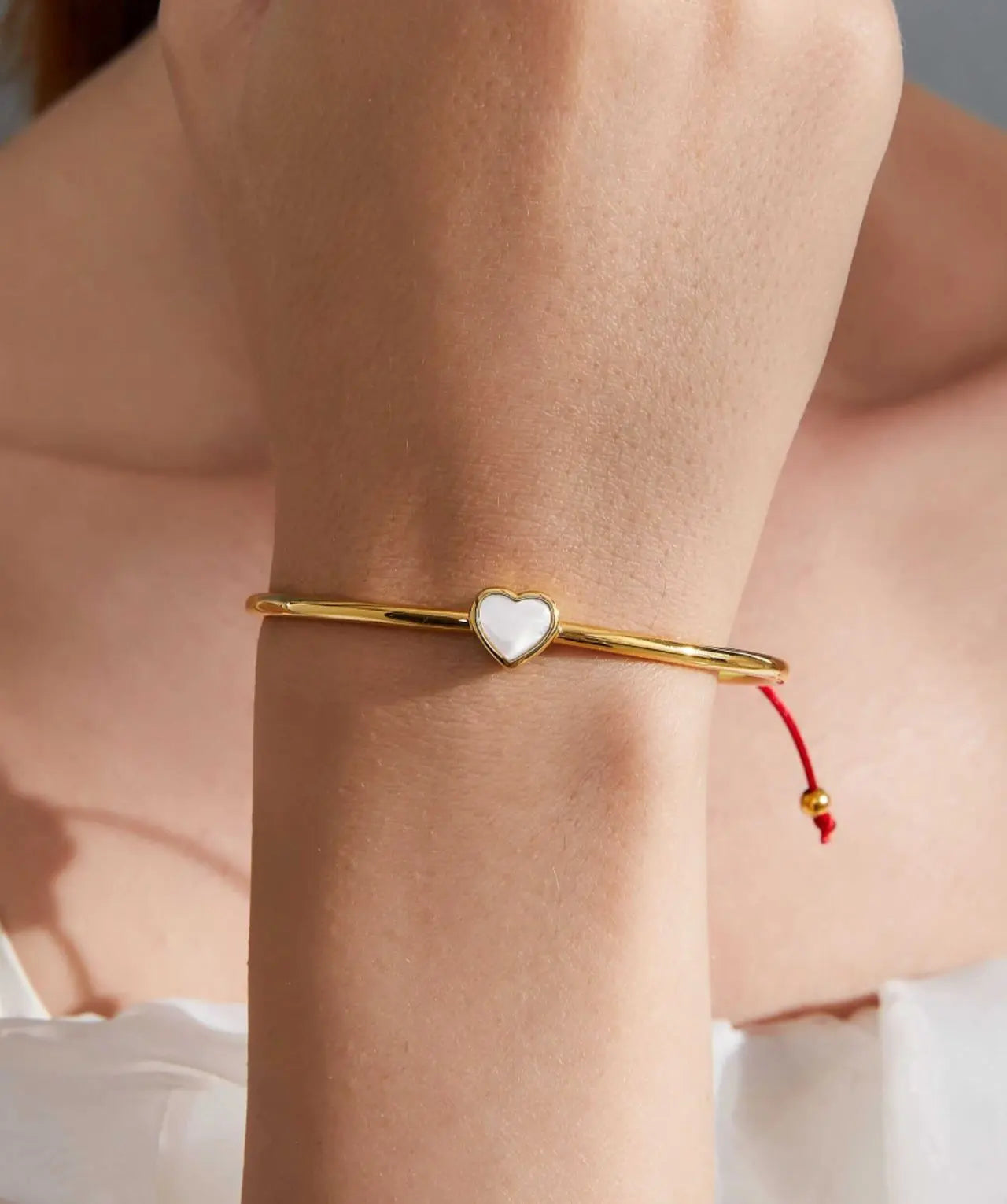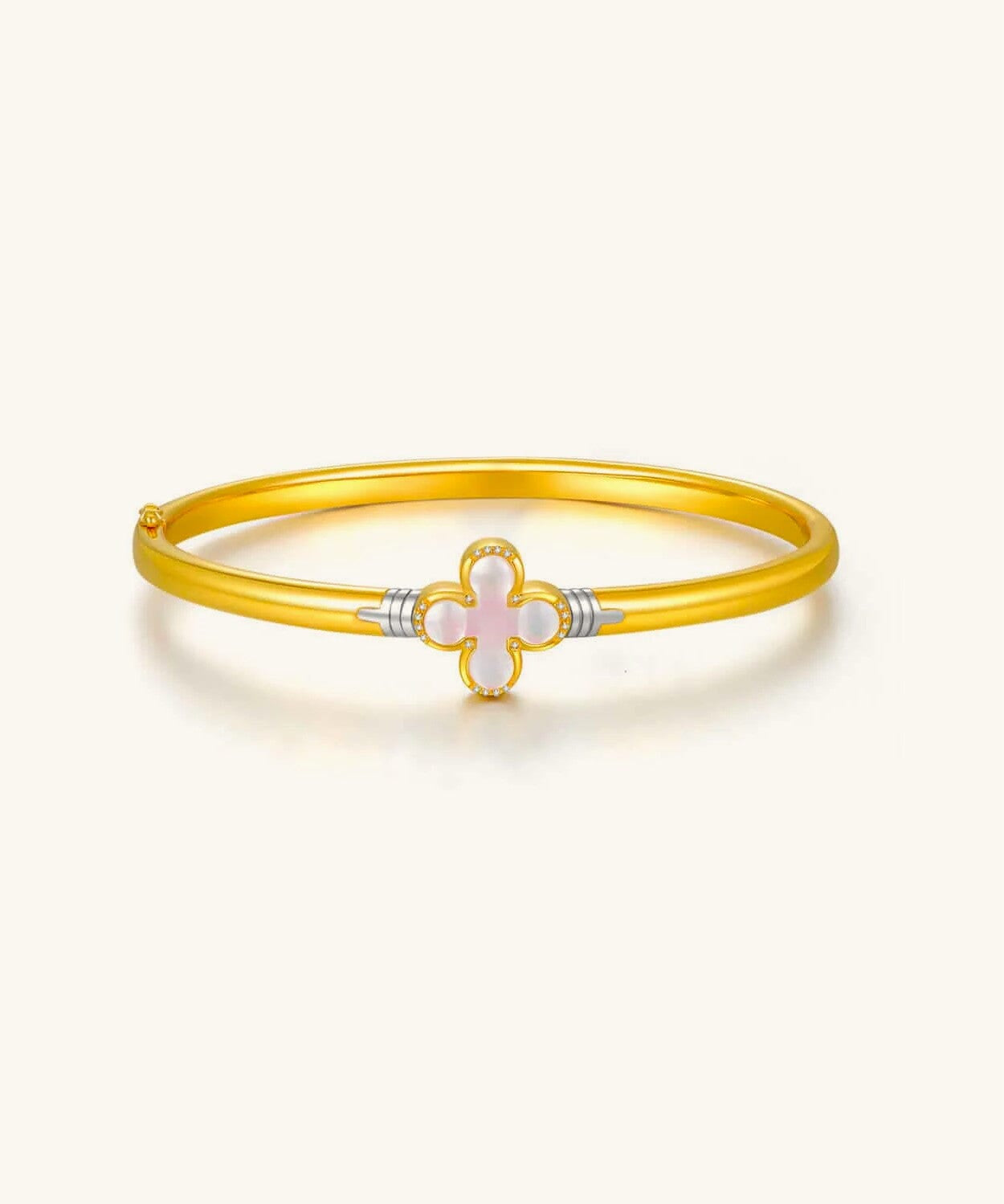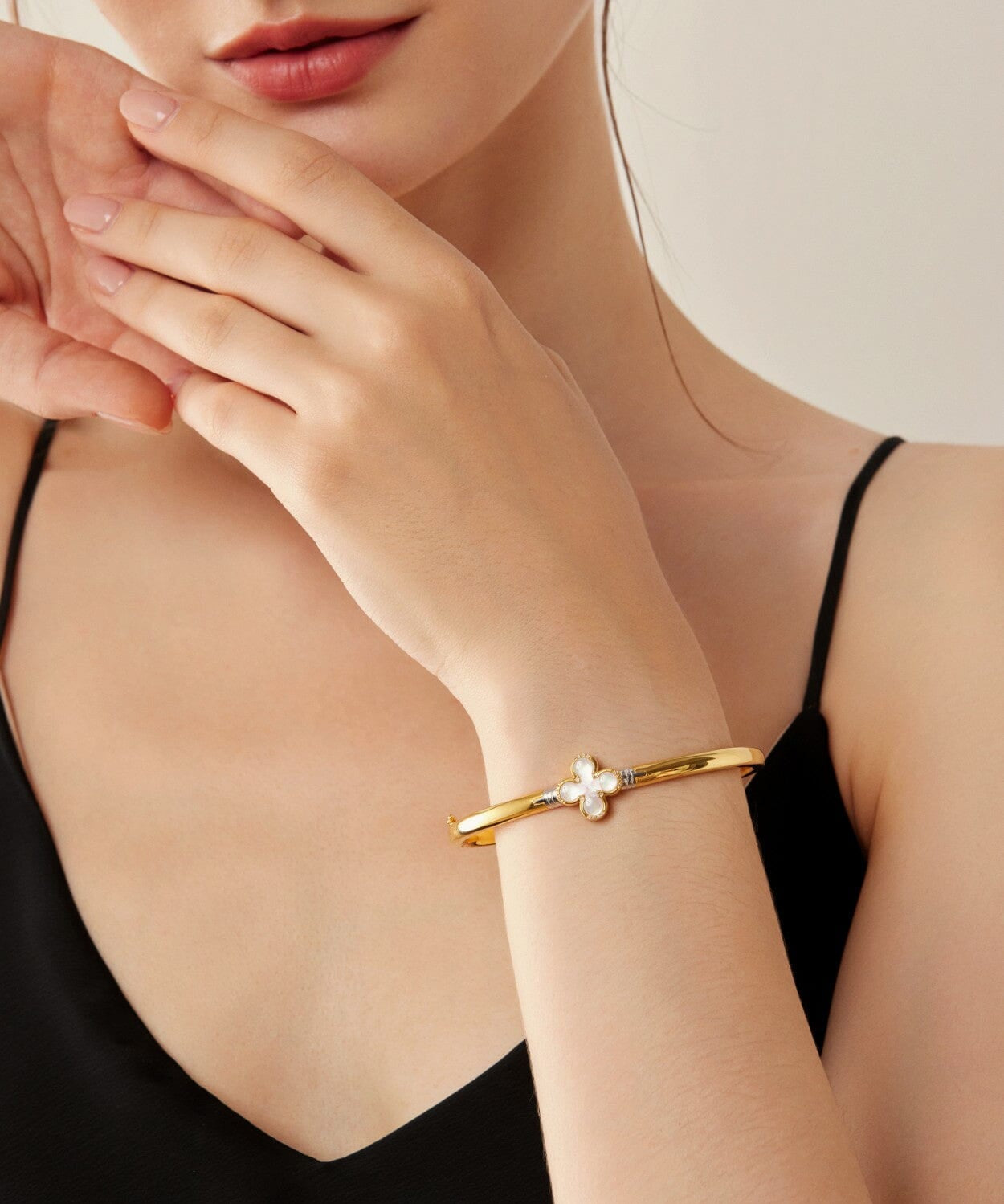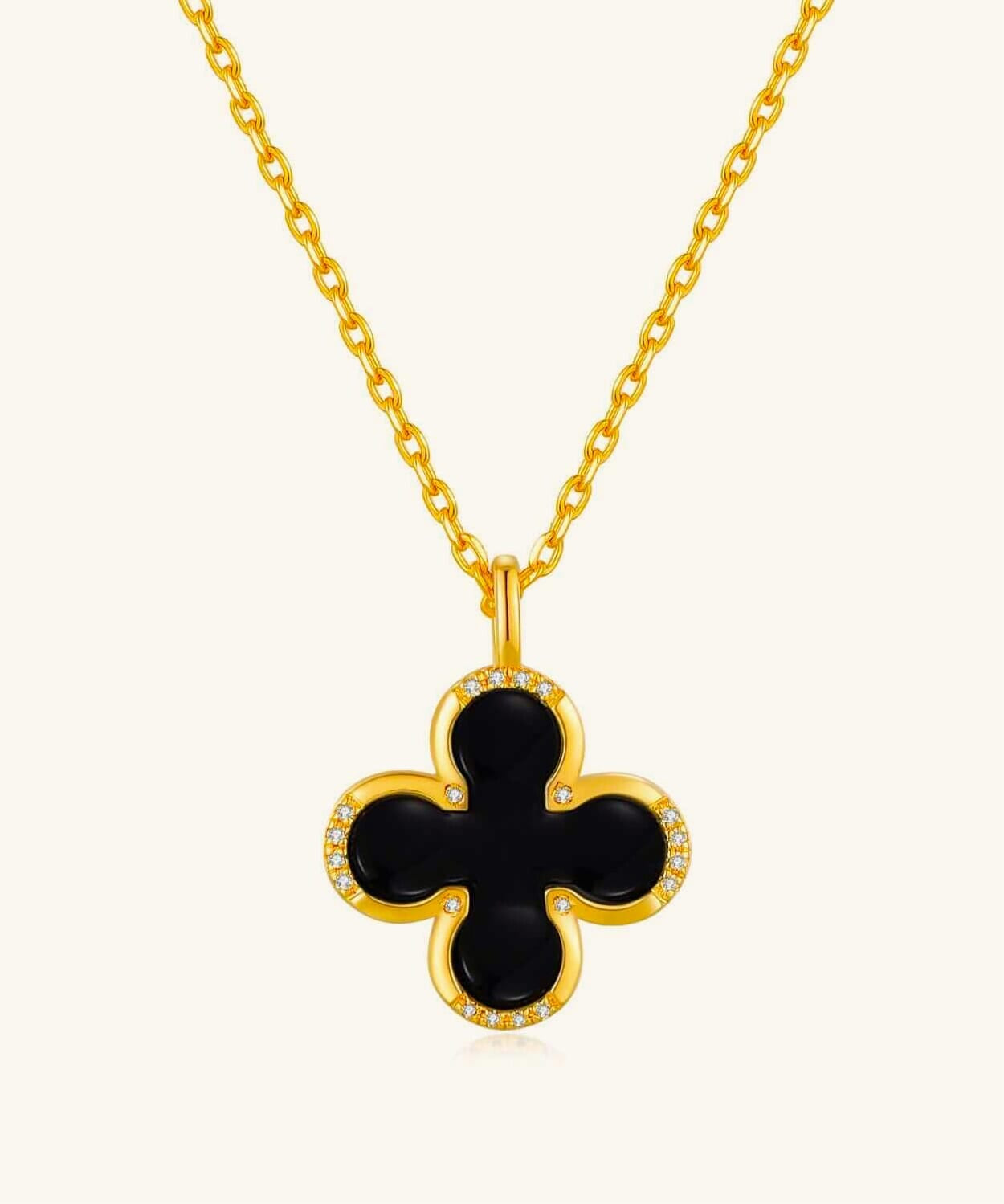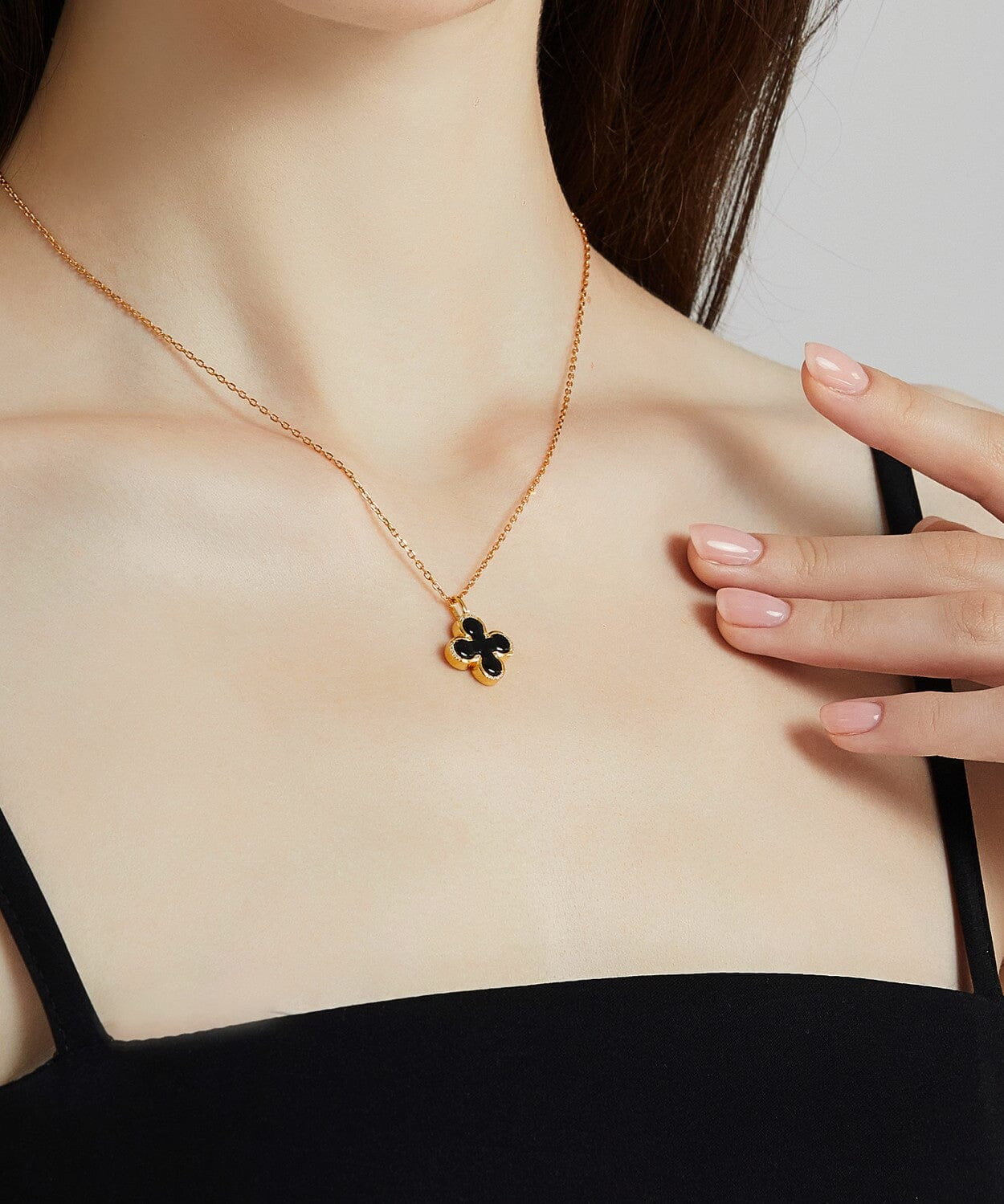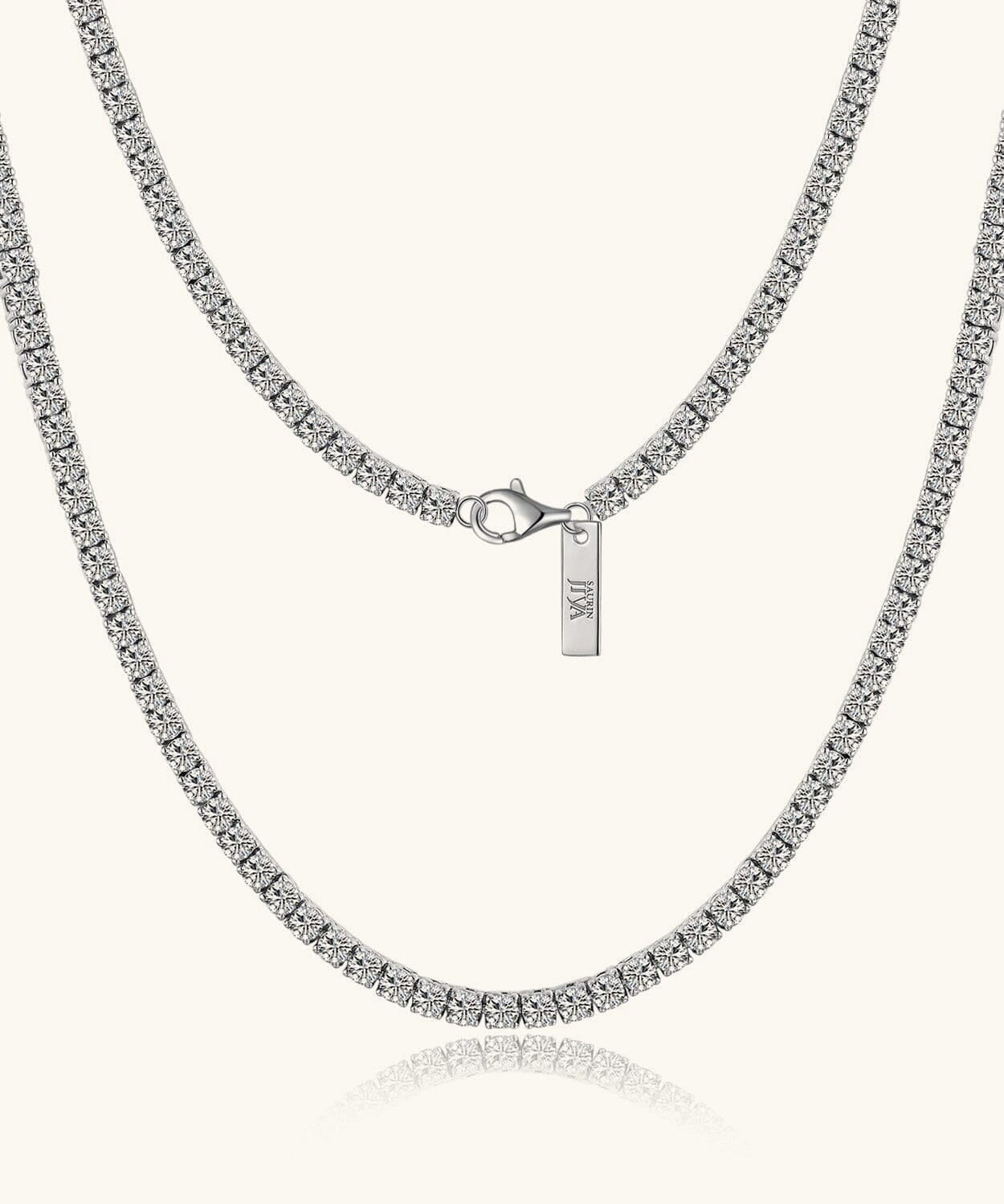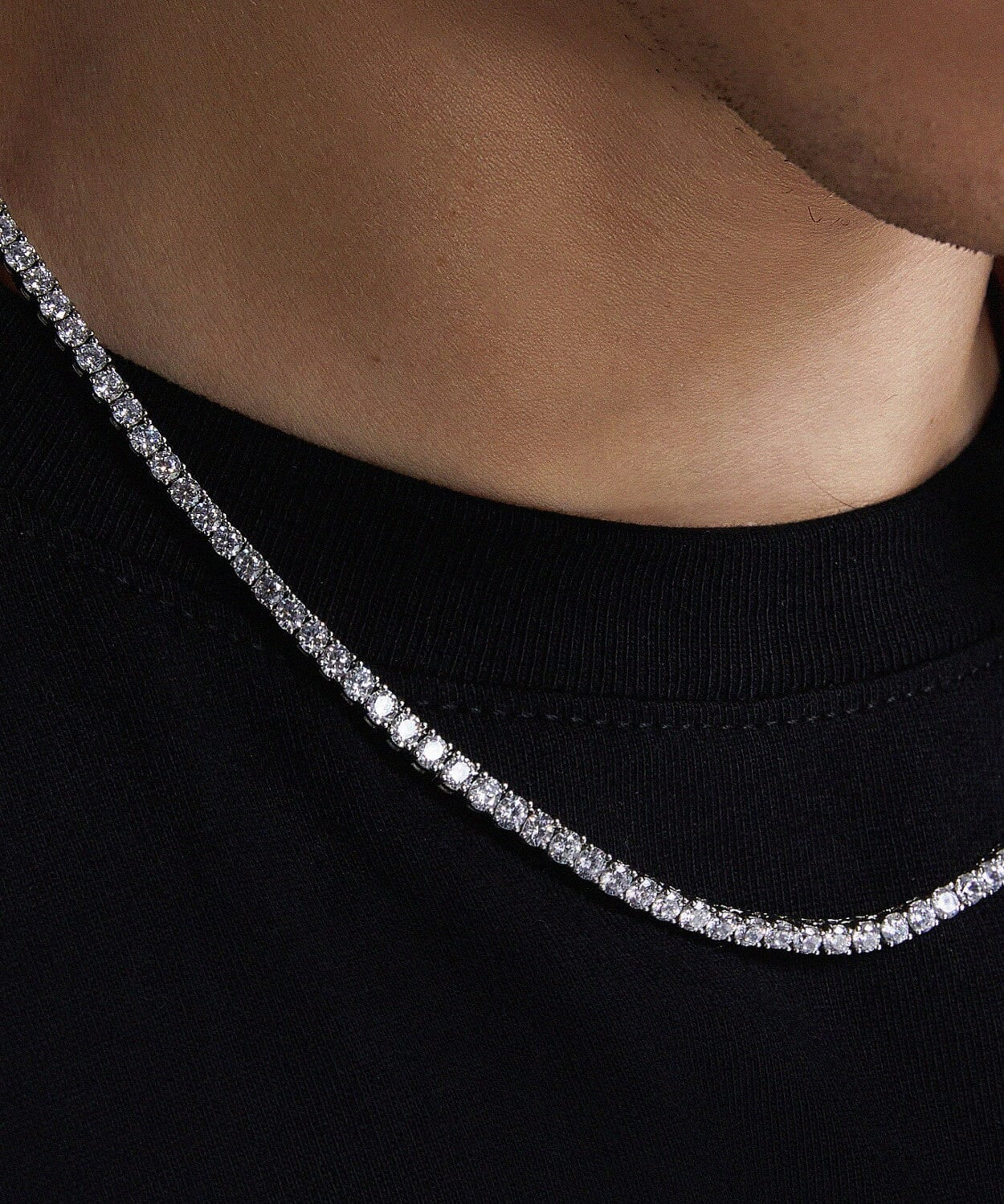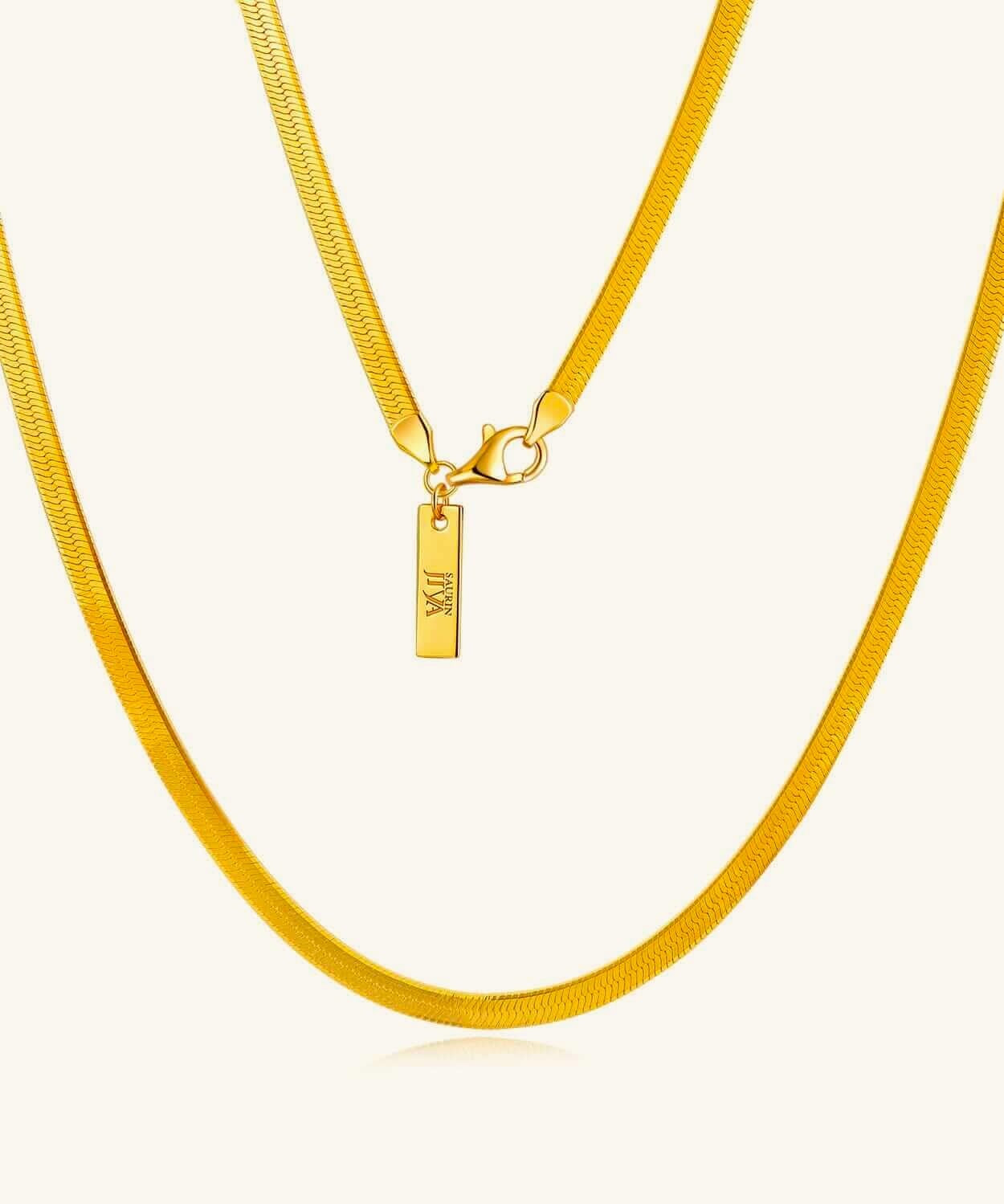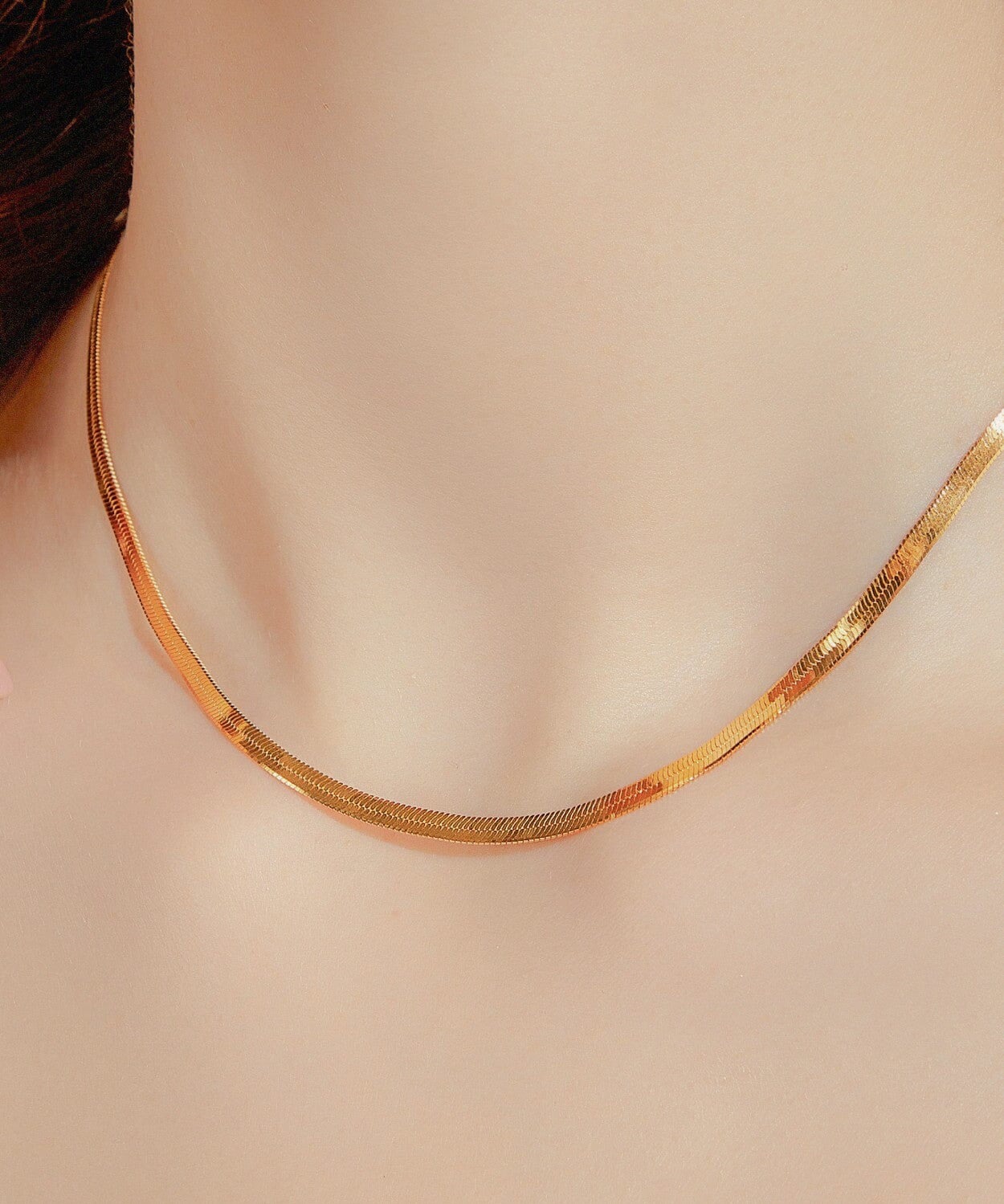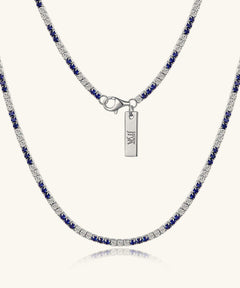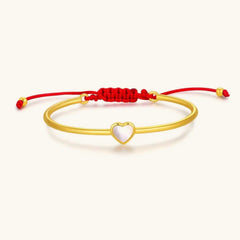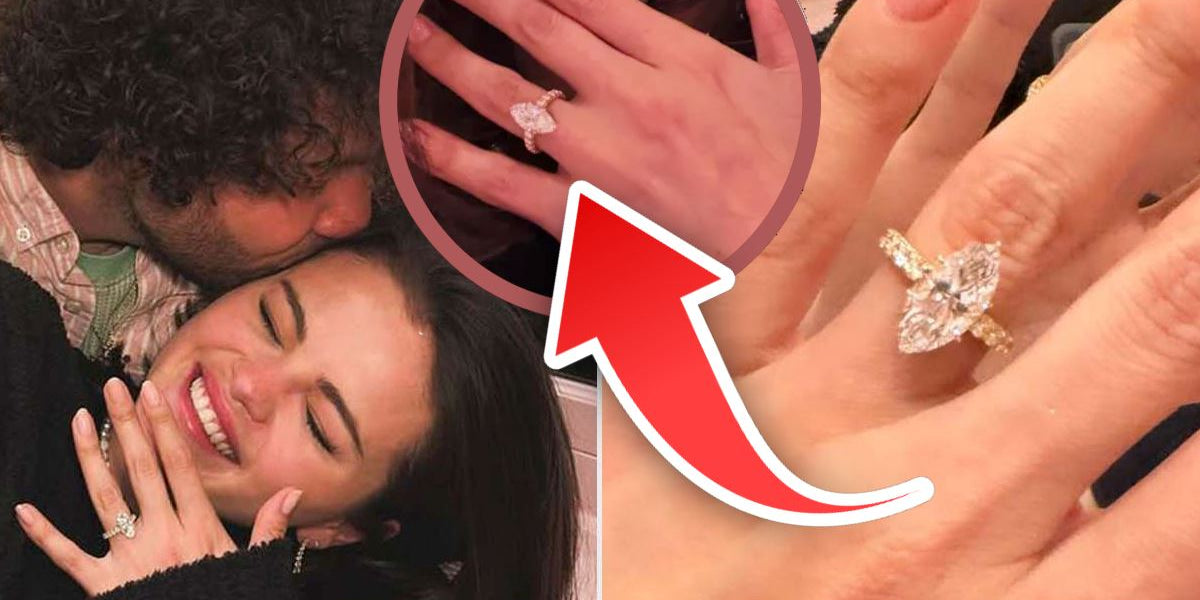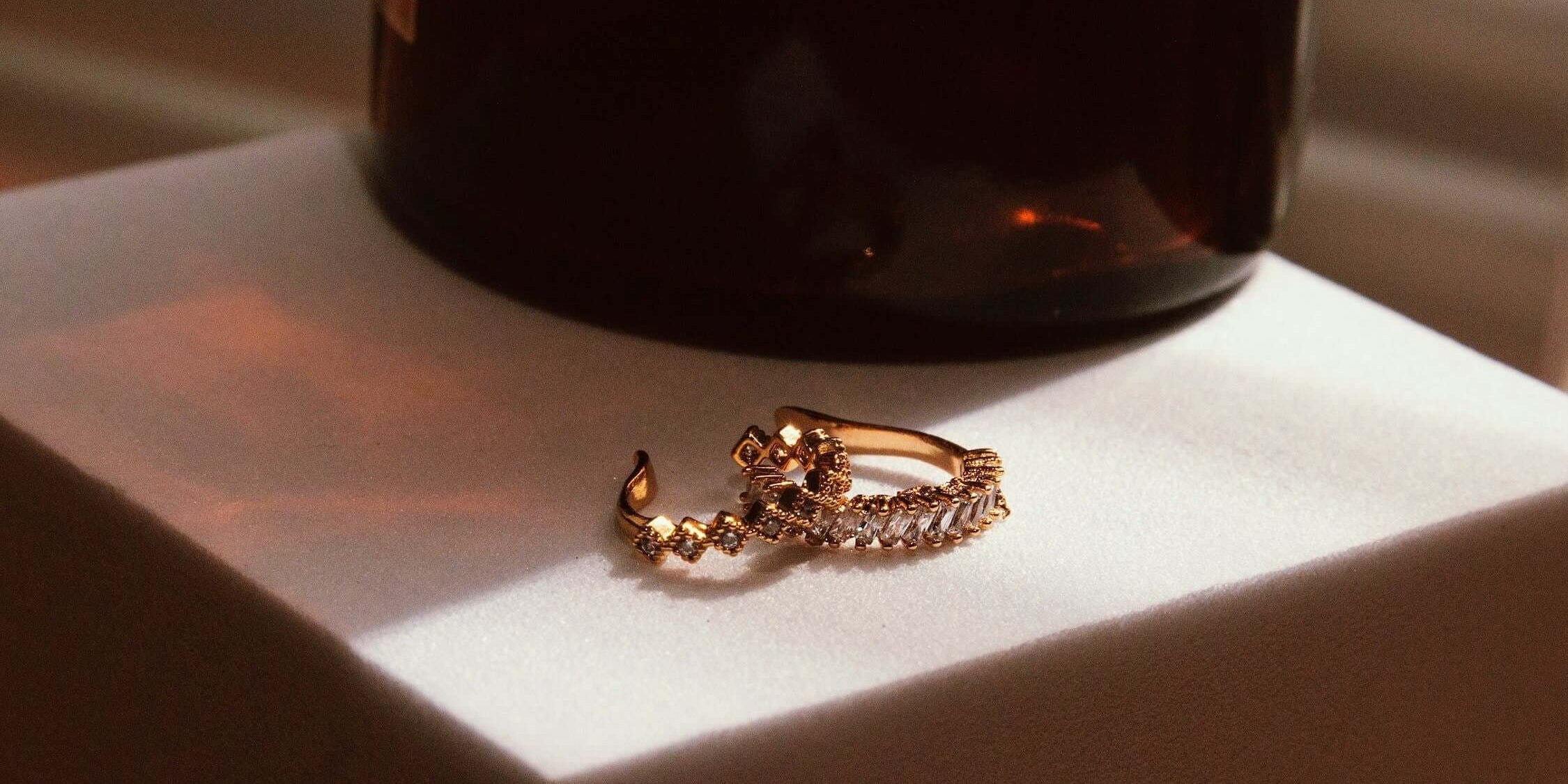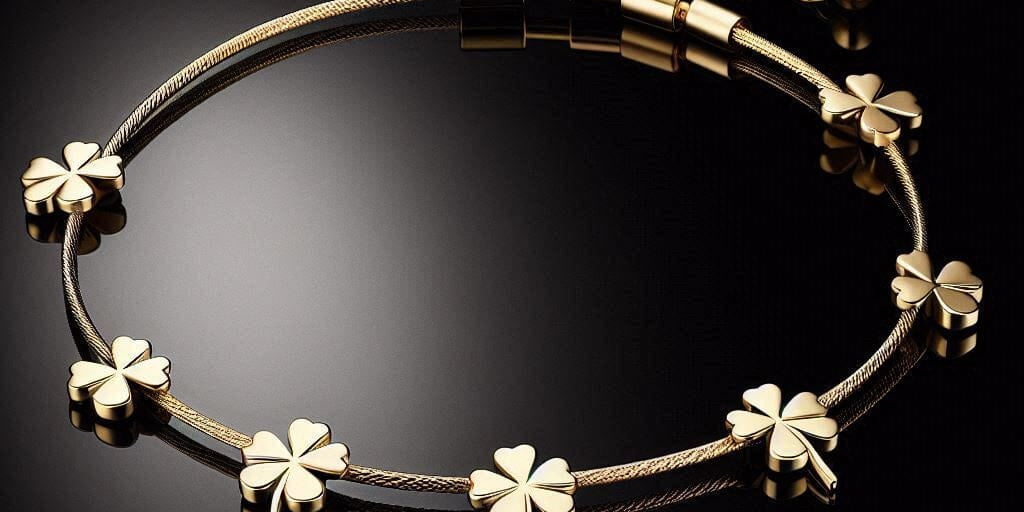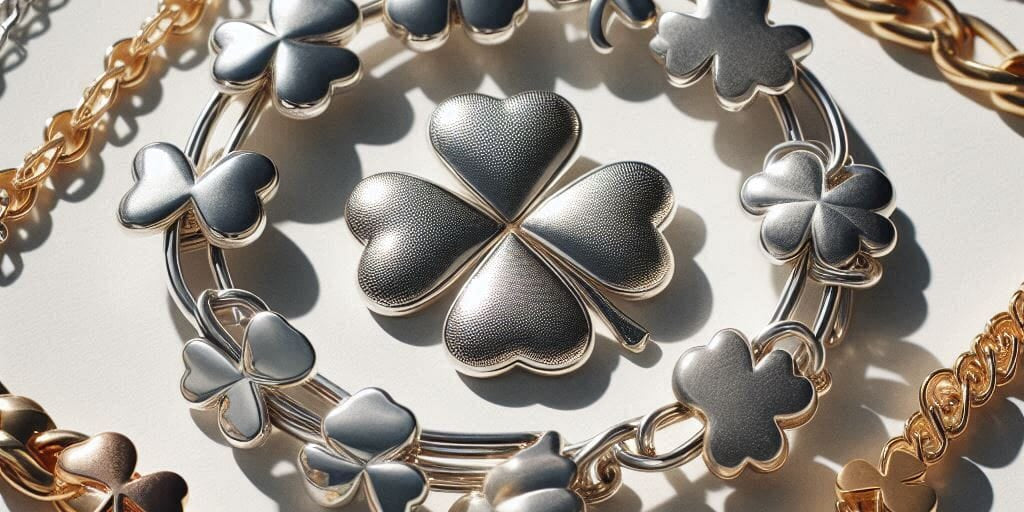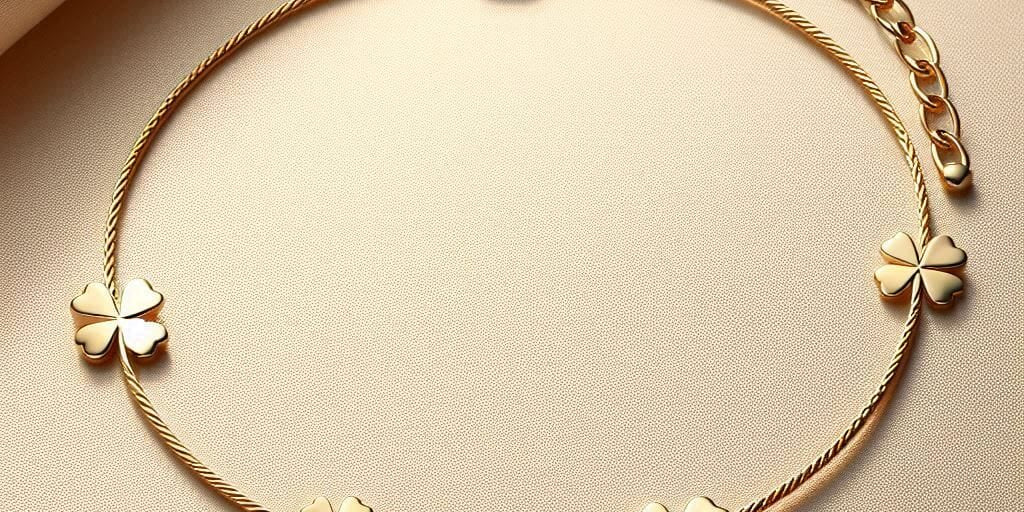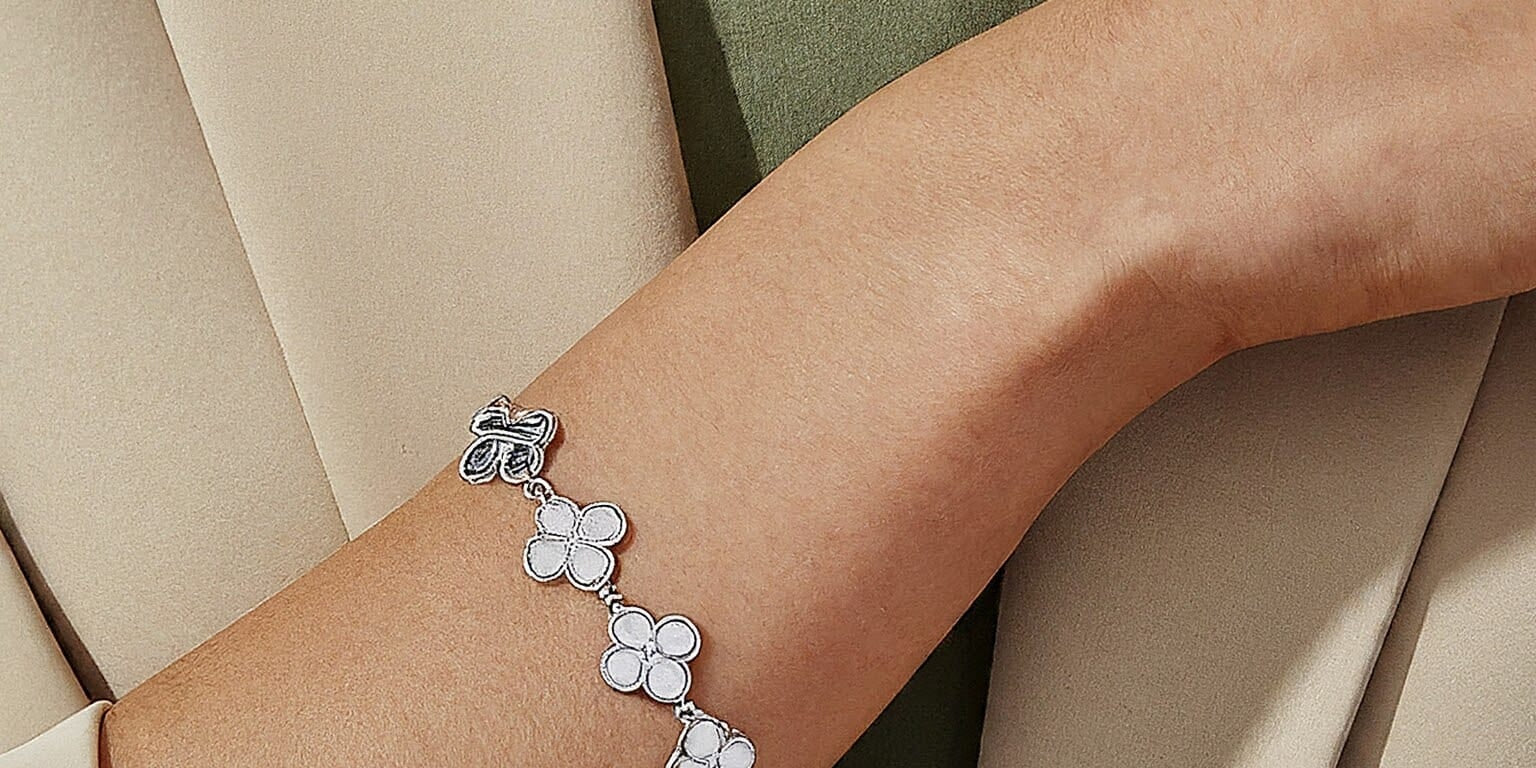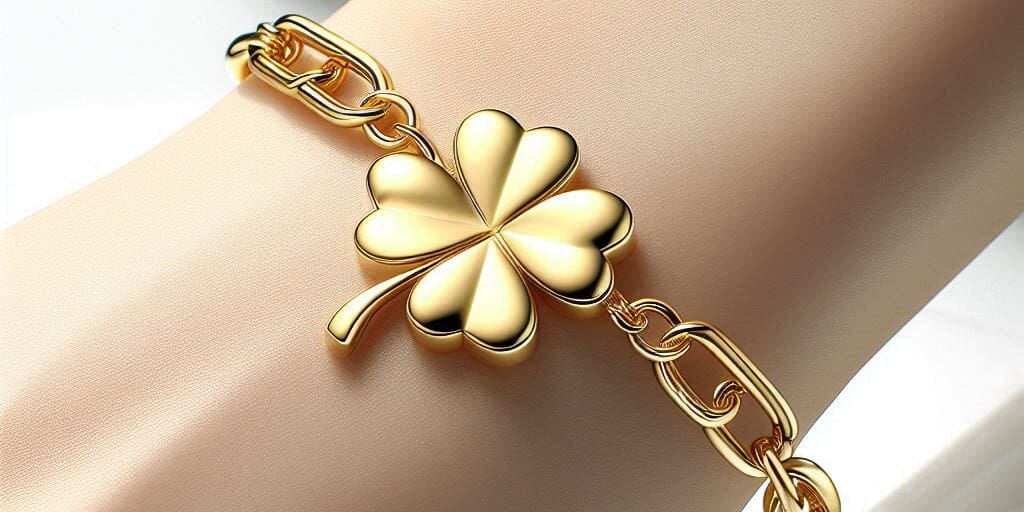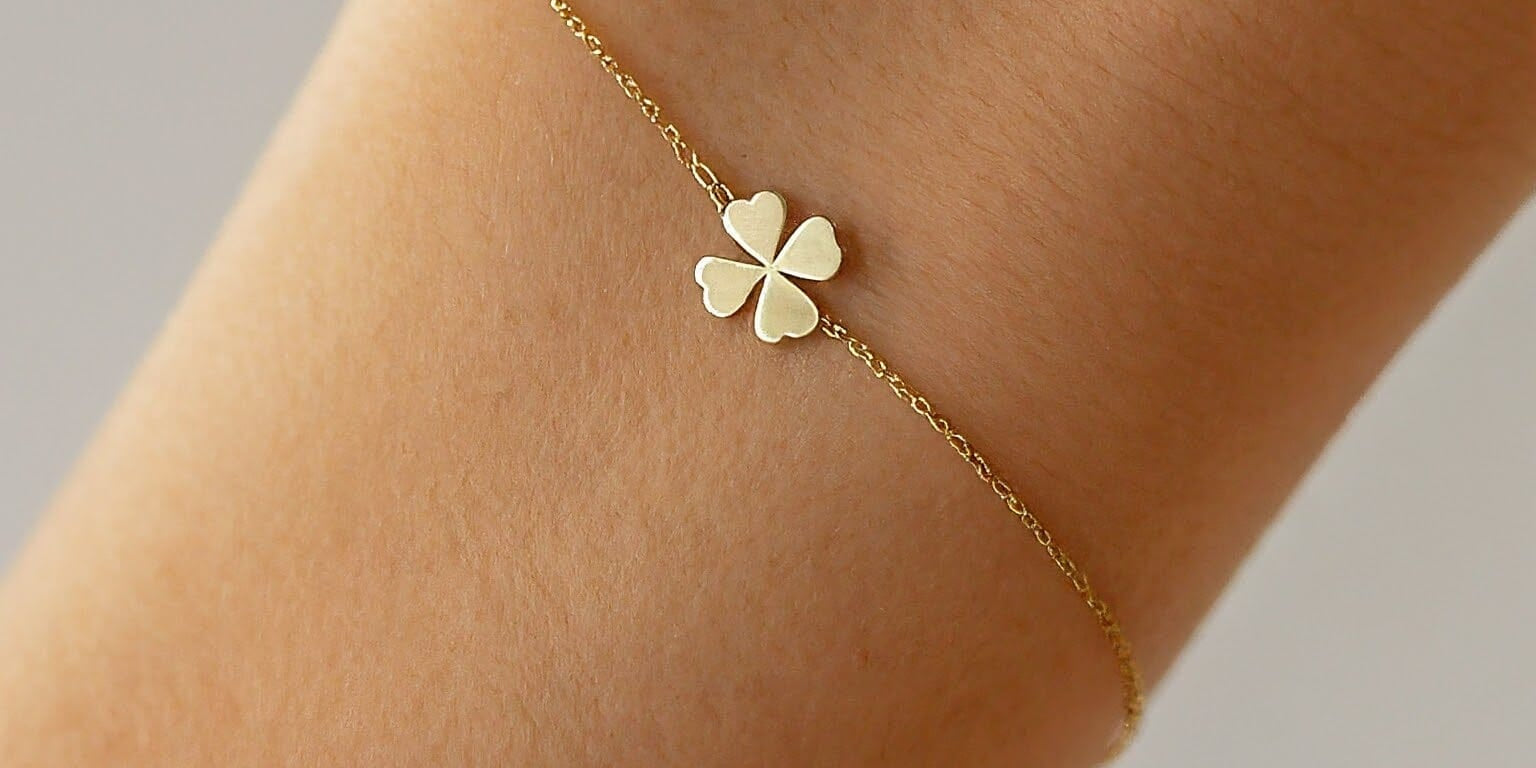Gold, with its inherent allure, is a coveted metal in the world of jewelry. Its various types, each with distinct traits, give us the opportunity to choose what resonates with our personal style, budget, and lifestyle. In this article, we'll demystify these types and highlight the unmatched excellence of 24K gold.
24K Gold
24K gold, the epitome of gold purity, comprises 99.9% gold with a minuscule 0.1% of other metals. This high purity makes it softer, and hence, it's often blended with other metals to enhance its strength for jewelry usage. Despite being the priciest, 24K gold stands unmatched in its authenticity and brilliance, making it a worthwhile investment rather than just an everyday adornment.
18K Gold
With 75% gold and 25% other metals like copper, silver, or nickel, 18K gold presents a pleasing balance of rich color and durability. It's favored for high-end jewelry, and its relatively lower nickel content can be a relief for those with sensitive skin.
14K Gold
Comprising 58.3% gold and 41.7% other metals, 14K gold strikes a practical balance between cost, durability, and color. It's a favored choice for those seeking affordability without compromising too much on the golden allure.
10K Gold
At 41.7% gold and 58.3% other metals, 10K gold is the most economical but least pure option. While it offers a gold look on a budget, its durability and quality may not match the higher-karat counterparts.
In the end, selecting the right type of gold is a personal choice, influenced by style, budget, and lifestyle. While 18K, 14K, and 10K gold might appeal due to their balance of durability and affordability, 24K gold's unparalleled purity, majestic shine, and the long-term investment it embodies sets it a league apart. When it comes to choosing gold, 24K gold is an investment in pure luxury that transcends time.
